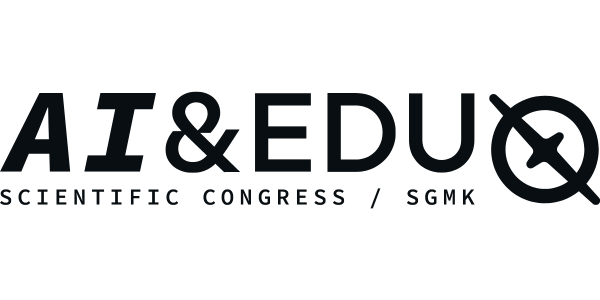The employees of the Institute of Archaeology at the Jagiellonian University have recently proven that metal mining and metallurgy in the Polish lands began with lead. The results of their work have been published in the prestigious journal “Archaeometry”.
The article, “The First Isotopic Evidence of Early Iron Age Lead Ore Exploitation in the Silesian-Krakow Upland, Poland: A Provenance Study of Lusatian Culture Lead Ornaments,” presents new data on the use of galena (lead sulfide) ores from Silesia and the Krakow Upland and referred to as “Olkusz ore deposits.” The researchers examined 11 lead ornaments from Late Lusatian culture cemeteries using lead isotope analysis. They proved that most of these ornaments were made from local ore, indicating the early exploitation of Olkusz lead deposits, now dated 1,000 years earlier than previously thought.

Source: onlinelibrary.wiley.com
The findings presented in a paper dedicated to the study of lead ornaments from the early Iron Age (800-500 BC) demonstrate how researchers at the Jagiellonian University have proven through isotopic provenance methods that Olkusz lead sulfide deposits were used to make these objects.

Source: www.uj.edu.pl
The UJ scientists are already planning to continue their research. They intend to compare the two main tools for studying exchange contacts in ancient societies: archaeological and geochemical. Their goal will be to reconstruct the distribution patterns of raw materials for metallurgical production, mainly copper alloys, from the Bronze Age (c. 2000 BC) to the end of the early Iron Age (c. 450 BC).
Dr. Ewelina Miśta-Jakubowska, Dr. Karol Dzięgielewski and Renata Czech-Błońska of the Institute of Archaeology at the Jagiellonian University are the initiators and main authors of the paper, published in the prestigious journal “Archaeometry”. Researchers from the Stanisław Staszic Academy of Mining and Metallurgy in Cracow, the National Center for Nuclear Research in Otwock and Warsaw University, among others, also participated in the project. The research was funded by a grant from the National Science Center and the Mare Nostrum Lab as part of the Strategic Excellence Initiative Program at Jagiellonian University.







